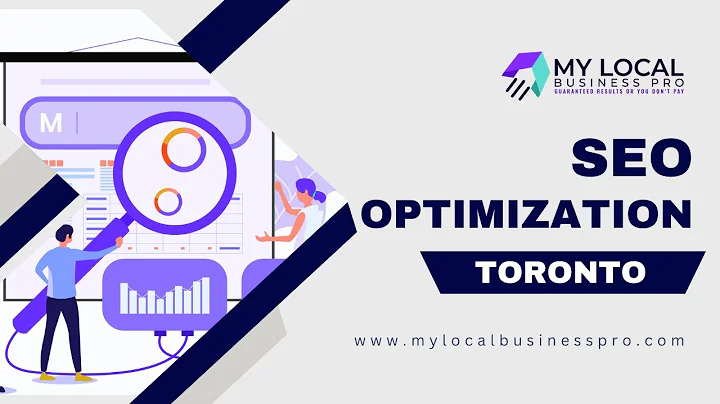Boost Organic Traffic: Master the Art of Content Auditing
Table of Contents
- Introduction
- What is a Content Audit?
- Pros and Cons of Content Audit
- The Importance of Content Audit in SEO
- Steps for Conducting a Content Audit
- Setting Goals and Objectives
- Gathering Data
- Analyzing Content Performance
- Identifying Low-Quality Pages
- Deciding on Action Steps
- Implementing Changes
- Recommended Tools for Content Audit
- Best Practices for Content Auditing
- Conclusion
- Additional Resources
Introduction
If you're looking to improve your website's overall performance and increase organic traffic, a content audit is a crucial step to undertake. In this article, we will explore what a content audit is and why it is important for your website's SEO. We will also provide you with a step-by-step guide on how to conduct a successful content audit, highlighting the pros and cons along the way. Additionally, we will recommend some useful tools and share best practices to ensure that you get the most out of your content audit. So let's dive in and start optimizing your website!
What is a Content Audit?
A content audit is a systematic review process aimed at evaluating and optimizing the existing content on a website. It involves analyzing each piece of content to determine its relevancy, quality, performance, and alignment with business goals. The primary goal of a content audit is to identify underperforming or low-quality pages and take necessary actions to improve the overall "health" of the website.
The process typically includes reviewing metrics such as organic traffic, user engagement, backlinks, and keyword rankings to gain insights into content performance. Based on the findings, you can then make informed decisions about whether to delete, update, consolidate, or leave each piece of content as-is.
Pros and Cons of Content Audit
Before diving into the steps of conducting a content audit, it's important to understand the potential pros and cons associated with this process.
Pros of Content Audit:
- Improved organic traffic: By eliminating underperforming pages and improving the quality of existing content, you can expect a boost in organic search traffic.
- Enhanced user experience: A content audit allows you to identify and fix issues that may negatively impact user experience, such as broken links, outdated information, or thin content.
- Better search engine rankings: By optimizing your content for relevant keywords and ensuring its alignment with search intent, you increase the chances of ranking higher on search engine results pages.
- Streamlined website structure: Content consolidation and removal of low-quality pages help simplify your website's structure, making it easier for both users and search engines to navigate.
Cons of Content Audit:
- Time-consuming process: Depending on the size of your website and the depth of analysis required, conducting a content audit can be time-intensive.
- Potential loss of traffic: While the goal is to improve overall performance, there is a risk of losing some traffic initially when deleting or redirecting pages.
- Need for continuous monitoring: Content audits are not a one-time fix. Regular monitoring and updating of content are required to maintain the improved performance.
The Importance of Content Audit in SEO
A content audit is a fundamental component of any comprehensive SEO strategy. Here's why it is crucial for the success of your website:
1. Identify and Eliminate Low-Quality Pages
A content audit helps you identify underperforming, outdated, or low-quality pages that may negatively impact your website's overall performance. By removing or improving these pages, you can ensure that search engines focus on showcasing your best content to users.
2. Improve User Experience
Reviewing your content allows you to identify and rectify any issues that may hamper user experience, such as broken links, duplicate content, or outdated information. Ensuring a smooth user experience can lead to increased user engagement, longer website visits, and higher conversion rates.
3. Optimize for SEO
Analyzing content performance helps you uncover opportunities to optimize your content for search engines. By aligning your content with search intent, targeting relevant keywords, and improving on-page SEO factors, you can increase your chances of ranking higher in search engine results, ultimately driving more organic traffic.
4. Streamline Website Structure
Content audit enables you to streamline your website's structure by consolidating related content and removing unnecessary or redundant pages. A well-organized website structure makes it easier for search engines to crawl and index your content, leading to improved visibility and higher rankings.
In the next section, we will explore the step-by-step process for conducting a content audit and provide you with practical tips and best practices to ensure a successful outcome.







